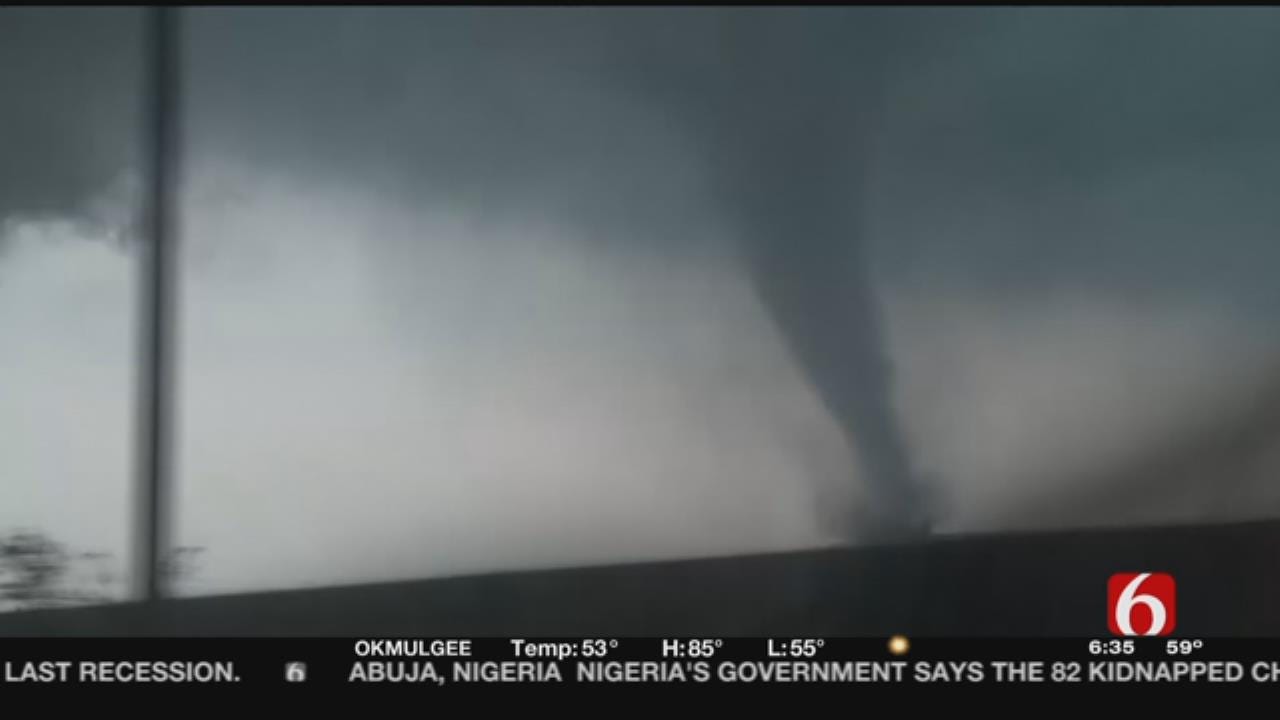Tornado Warning Time Could Be Improved By Drones
<p>When it comes to tornadoes, every second counts. Right now, Oklahoma State University researchers are working to give meteorologists more information so the rest of us have more time to get out of the way. </p>Sunday, May 7th 2017, 12:55 pm
When it comes to tornadoes, every second counts. Right now, Oklahoma State University researchers are working to give meteorologists more information so the rest of us have more time to get out of the way.
Thirteen minutes. That is the average time between the detection of a tornado forming to when it touches down, leaving people in its path scrambling to find a safe place.
This countdown was a reality for parts of the Midwest and south earlier last week as severe storms and tornados battered the areas leaving at least 14 people dead.
Unlike other weather systems, tornados form quickly, are hard to predict and even harder to track.
Jamey Jacob and his team from Oklahoma State University are working on a set of drones designed to fly into and analyze severe weather systems.
"Meteorologists are very good at predicting when and where the storm is going to develop but not so good at determining when a storm is going to form a tornado at a particular place or at a particular time," Jacob said.
They're built to withstand rain, hail and winds of at least 80 miles per hour.
And they drop a device called a dropsonde that collects data from inside of a potential tornado.
"So, the goal is to be able to get more data that feeds directly into those models and do that in real time," Jacob said.
That real-time data can be a key factor when it comes to saving lives when a tornado is beginning to form.
"We'd like to be that we can get to the point where we can warn an hour ahead of time," Jacob said.
The drones need a few more years of testing before being put to use by the National Weather Service.
"The technology is a little ahead of the regulatory process, however, so we may have to wait for the legal side to catch up with us."
More Like This
May 7th, 2017
September 29th, 2024
September 17th, 2024
Top Headlines
November 15th, 2024
November 15th, 2024
November 15th, 2024
November 15th, 2024










